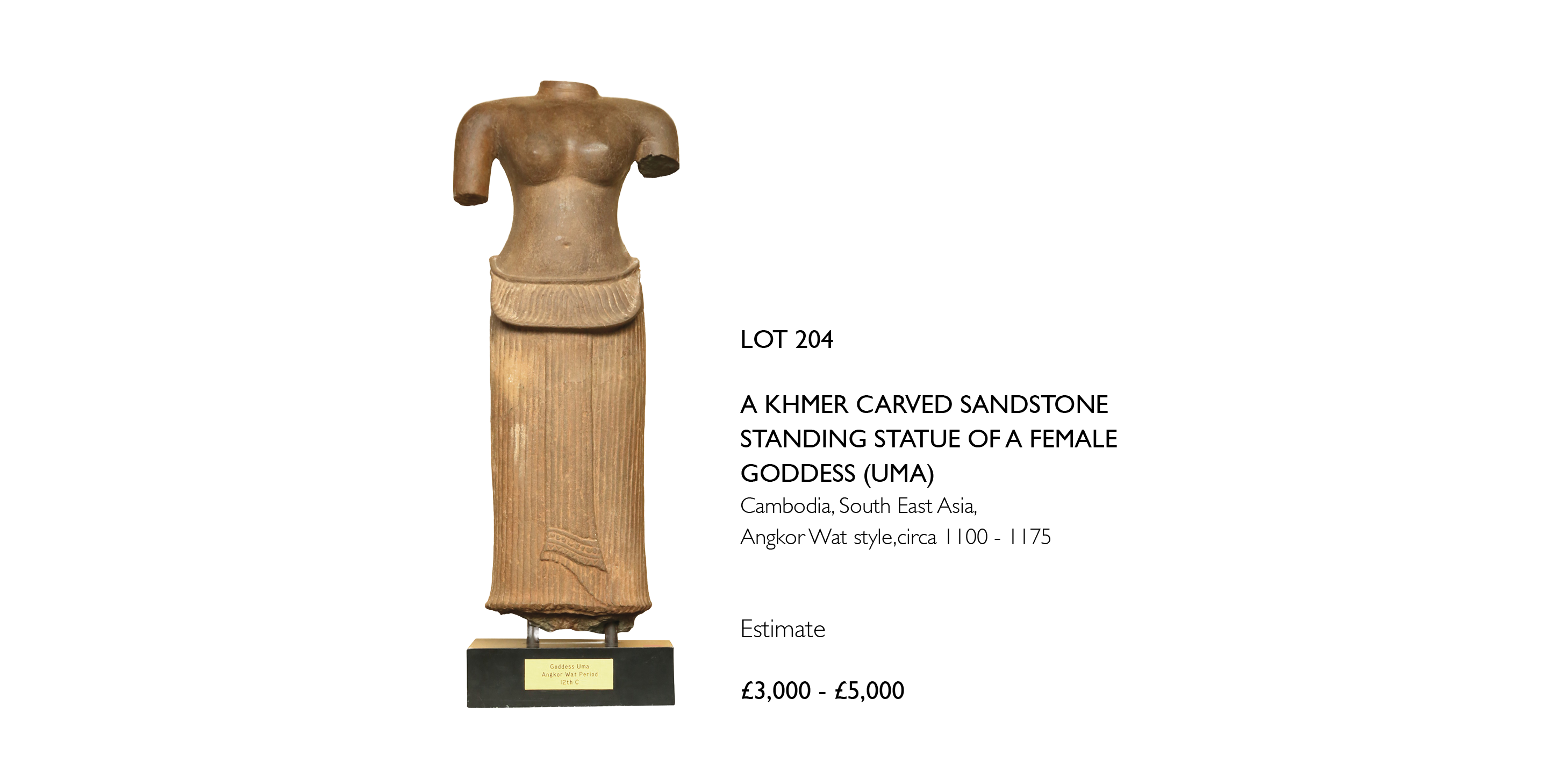The first piece in the collection comes from the ancient region of Gandhara, an area roughly corresponding to modern day north-western Pakistan. From the first to the third century AD, this region was under the control of the Kushan dynasty, Central Asian people who first invaded Bactria and subsequently settled in North-Western India3.
The Kushan kingdom was centred in two main areas: Mathura, in North-Central India, and Gandhara. Both areas distinguished themselves in the production of remarkable Buddhist artworks. The style of Mathura had a distinctive Indian flare and could be rightly considered the precursor of Gupta sculptural art. Meanwhile, the stylistic rendering of the image of the Buddha in Gandhara was the product of the aftermath of Alexander the Great’s campaigns, yielding a unique fusion of Western art canons and Eastern religious and philosophical concepts. This blend of Greco-Roman stylistic influence and Buddhist subjects led to a very prolific output of sculptures and figural panels, typically carved out of gray schist, the most readily available material in the region, which can be admired in numerous important private and public collections around the world.
Lot 200 presents several elements of the standardised sculptural canon of Gandharan art including the naturalistically rendered wavy hair tied into a round topknot (ushnisha); the oval face with perfectly arched eyebrows, a straight Greek nose, full bow-shaped lips and deeply cut, stylised eyes; lastly, the heavy-monastic robe (sanghati) with numerous deep pleats, reminiscent in style of a Roman toga. The halo at the back (now in a fragmentary state) and the dot in the middle of the forehead (urna) act as visual reminders that the figure we are looking at is the historical Buddha, Siddhartha, and not one of the many deities of the Greek Pantheon. Another identifying feature would have been the hands and their position (mudra).
The production of Gandharan Buddhist reliefs and sculptures started declining in the third century and completely ceased by the sixth century AD. Nevertheless, the innovative artistic vocabulary introduced by this region’s creations provided an ideal platform for the development and evolution of Buddhist images, not only in India, but throughout the Asian continent4.
3 Christian Luczanits in The Buddhist Heritage of Pakistan: Art of Gandhara, 2011, p13
4 Ibidem, p. 22 - 23




